"Snorkeler found unconscious in Hawaii"—headlines like this have raised serious questions about full-face snorkel masks in recent years. These masks, which cover your entire face instead of just your eyes and nose, have become popular vacation items. They promise easier breathing and better views underwater, but reports of breathing problems and even fatal incidents have many beach-goers concerned. If you're weighing whether to buy or use one of these masks for your next trip, you need to know the real risks.
Hawaii's Full-Face Mask Fatalities (2018 Report)
Hawaii Reported 17 Annual Snorkeling Deaths (2018)
Officials in Hawaii identified an alarming trend in which snorkelling-related deaths were rising according a 2018 CBS News story. Hawaii was seeing roughly 17 snorkelling deaths yearly at that time, and full-face masks were found in multiple occurrences. This led Hawaii officials to start monitoring the kind of tools used in water rescues and deaths—a process not usual prior to these issues raising awareness.
CO2 Buildup and Difficult Removal: The Main Safety Concerns
The design elements that make full-face masks appealing—covering the whole face and letting breathing pass through both nose and mouth—are the same ones some experts concerned about would cause problems. Safety officials in Hawaii mentioned possible problems included carbon dioxide buildup that can induce dizziness and disorientation, plus tight-fitting straps that might be difficult to swiftly remove in an emergency.
Major Hawaiian Retailer Stopped Selling Full-Face Masks
Some producers defended the safety of their products by citing strict testing procedures and implying that poor-quality imitations flooding the market could be the cause of some issues. At least one significant Hawaiian snorkel equipment retailer chose not to stock any full-face masks after their testing found issues with heat buildup and removal.

How Full-Face Masks Can Become Dangerous
Traps Carbon Dioxide in Larger Air Space
The main worry about full-face masks is carbon dioxide accumulation. You emit CO2 from breathing that has to leave via the snorkel tube. The breathing tube in classic masks is narrow and positioned exactly in front of your mouth, so providing a quite straight path for expelled air to depart. On the other hand, full-face masks produce a bigger enclosed area where your expelled breath might circulate before exiting. Some of your exhaled CO2 may stay in the mask and be rebreathed depending on this design.
Creates "Dead Space" Where Air Gets Recycled
The compartment inside the mask where air can become held and reb breathed is known as "dead space". Because the breathing tube is tiny and apart from the mask, traditional snorkel equipment contains little dead space. Dead space in full-face designs is often five to six times that in conventional equipment. higher dead space indicates higher possibility for rebreathing expelled air, particularly in cases when the ventilation mechanism of the mask is not functioning as it should.
Increases Breathing Difficulty Over Time
As you snorkel longer, several factors make breathing harder:
- Moisture from your breath accumulates in the breathing channels
- One-way valves that control airflow become less effective when wet
- Physical exertion increases your breathing rate, challenging the mask's air circulation system
These combined factors force you to work harder to breathe, increasing fatigue and stress on your respiratory system.
Triggers a Dangerous Breathing Cycle
These design issues can create a concerning chain reaction:
- CO2 builds up slightly
- You breathe faster to compensate
- Faster breathing produces more CO2
- The mask's ventilation can't keep up
- Elevated CO2 in your blood occurs
- Symptoms like dizziness, confusion, or panic may follow
This cycle typically happens gradually—you might not notice anything wrong until you're already experiencing significant effects. In water, even mild disorientation can quickly become dangerous, especially for less experienced snorkelers.

Are All Full-Face Masks Created Equal?
Quality Differences Matter Significantly
All full-face snorkel masks are not created equal when it comes to risk. During the years since their popularity spiked in 2016, many manufacturers have emerged—some committed to creating safety innovations, others solely committed to lowering costs. This proliferation results in significant differences in quality and safety features between competing products.
Safety Features That Make a Difference
The safest full-face masks incorporate several key design elements:
- Separate breathing chambers: Advanced designs use divided air channels to keep incoming fresh air separate from outgoing carbon dioxide
- Multiple exhaust valves: More valves create additional escape routes for exhaled air
- Silicon skirt quality: Higher-grade silicone creates a better seal while remaining comfortable
- Properly sized breathing tubes: Wider tubes reduce breathing resistance
- Anti-fog technology: Effective anti-fog systems improve visibility and reduce the need to remove the mask
These safety features are demonstrated in masks from firms like G2RISE. These are tested for breathing air flow resistance, quantified in peak respiratory pressure during inhalation and exhalation (within the ±10 mbar safety margin). This prevents carbon dioxide build-up—the largest problem with full-face masks. They also include shut-off valves which close only when submerged and may open fully on the first exhalation, preventing water entry but maintaining airflow correct.
Laboratory testing by SGS and HUAK confirms that good face seals, impact-resistant lenses, and integrity of structure when worn are qualities that good mask designs should have. Comfort without causing skin irritation during extended use is provided by good quality silicone materials (such as those which are tested for safety by EMTEK).
Warning Signs of Potentially Dangerous Masks
Be cautious of masks with these concerning characteristics:
- Extremely low prices often indicate compromised materials
- Single-valve designs that limit air exchange
- Poor customer reviews mentioning breathing difficulty
- Tight face seals that cause pressure or discomfort
- Overly complicated strap systems that can't be removed quickly
- Masks where the breathing chamber creates excessive "dead space"
- Models lacking proper seals between the lens and mask body
Testing and Certification Considerations
Unlike traditional scuba equipment, full-face snorkel masks have no standardized safety certification process. Some premium manufacturers conduct independent testing and publish results, but this isn't required or universal.
Quality manufacturers typically test their products according to standards such as EN 16805-2015 (for diving masks) and EN 1972:2015 (for snorkels). These tests evaluate factors like impact resistance, break pattern, lens seal integrity, and resistance to airflow—all critical factors in preventing the dangerous breathing issues described earlier.

Who Should Avoid Full-Face Masks
Not everyone should use full-face snorkel masks, even good quality ones. The following people should use traditional mask and snorkel setups instead:
People with Respiratory or Cardiovascular Conditions
People with heart disease, COPD, or asthma are at a higher risk. The possible CO2 accumulation and increased breathing resistance can strain already compromised respiratory or cardiovascular systems. In the water, where medical assistance isn't presently available, even mild symptoms can become severe quickly.
Anxious Swimmers and Those with Claustrophobia
For individuals suffering from anxiety or claustrophobia, the enclosed environment of full-face masks can trigger panic attacks. When underwater, this panic is hazardous because it amplifies the respiration rate and can speed up the process of CO2 accumulation already in progress. For anxious snorkelers, traditional masks give a sensation of less constriction.
Individuals with Facial Features That Prevent Proper Sealing
People with too much facial hair, irregular face shapes, or facial scars might not be able to get this mask's required waterproof seal. A less-than-perfect seal compromises the mask's venting system and lets water in. Full-face masks are not for your underwater exploits if you are not getting an airtight seal in dry-land tests.
Endurance Swimmers and Deep-Water Explorers
Those who dive below the surface on a regular basis or those planning to undertake long snorkelling excursions (in excess of forty-five minutes) should stick with conventional gear. Full-face masks were unsuitable for more active underwater activities since they were not meant for continuous use or successive dives.

Prioritize Safety in Your Snorkel Mask Decision!
Full-face masks pose some risks not found in regular equipment. Make an informed decision based on your experience level, health, and snorkeling conditions. Choose good brands with proper ventilation, first practice in a controlled environment, never snorkel solo if you choose a full-face version. In question, most recreational snorkelers still stick with traditional mask and snorkel configurations.
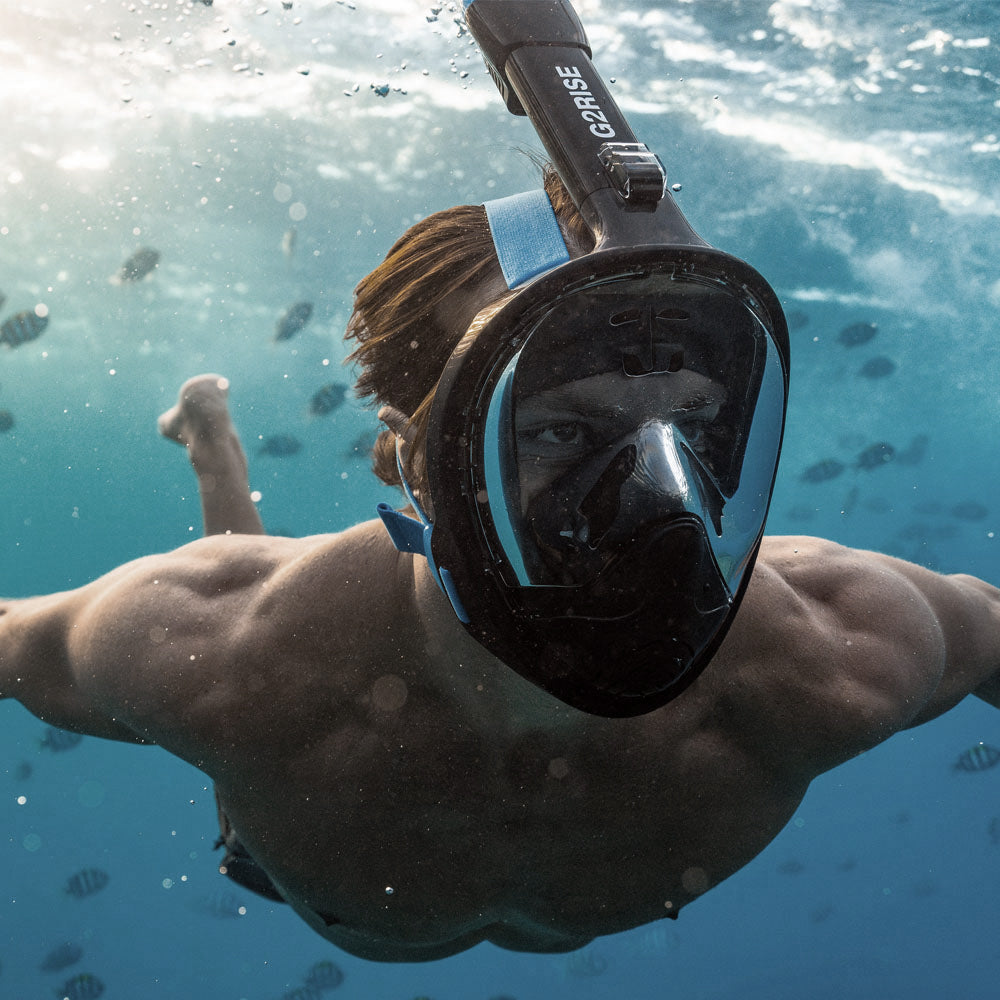
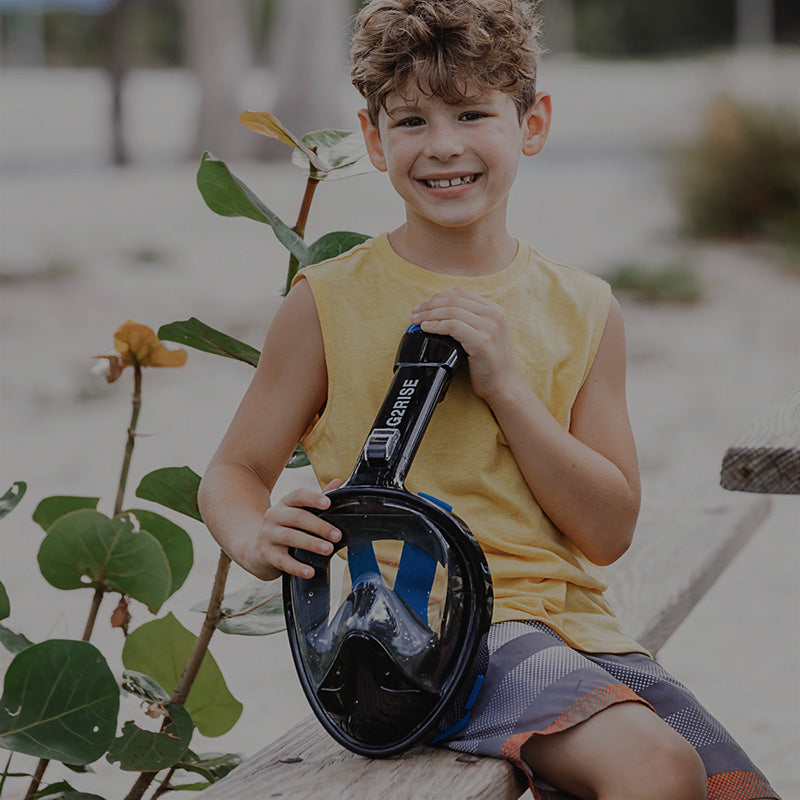
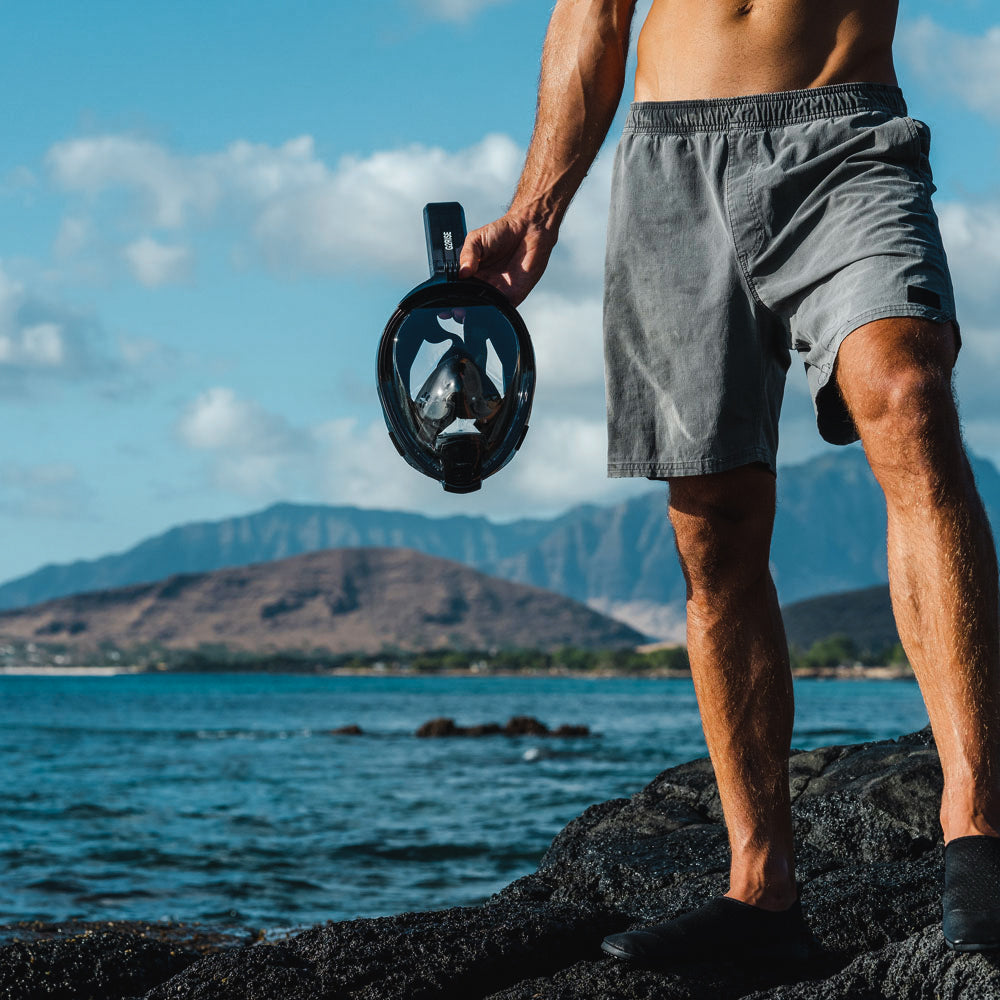
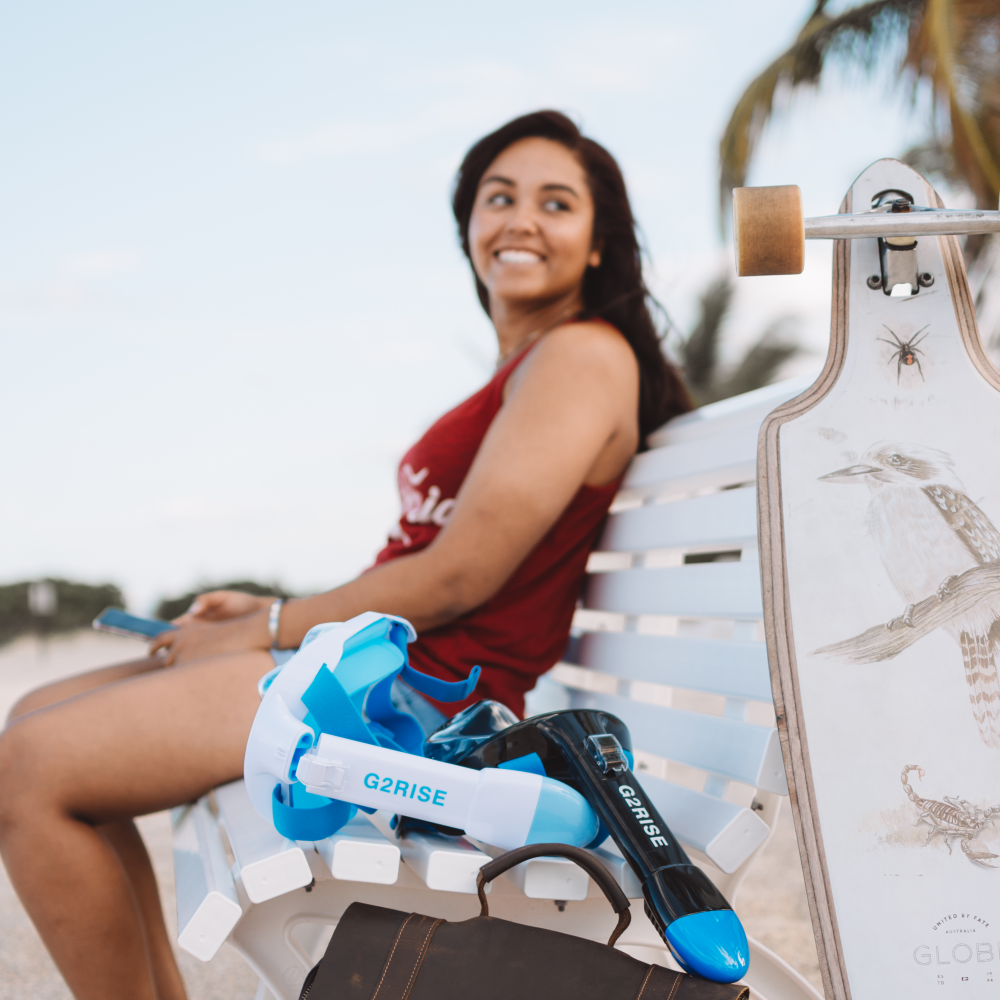
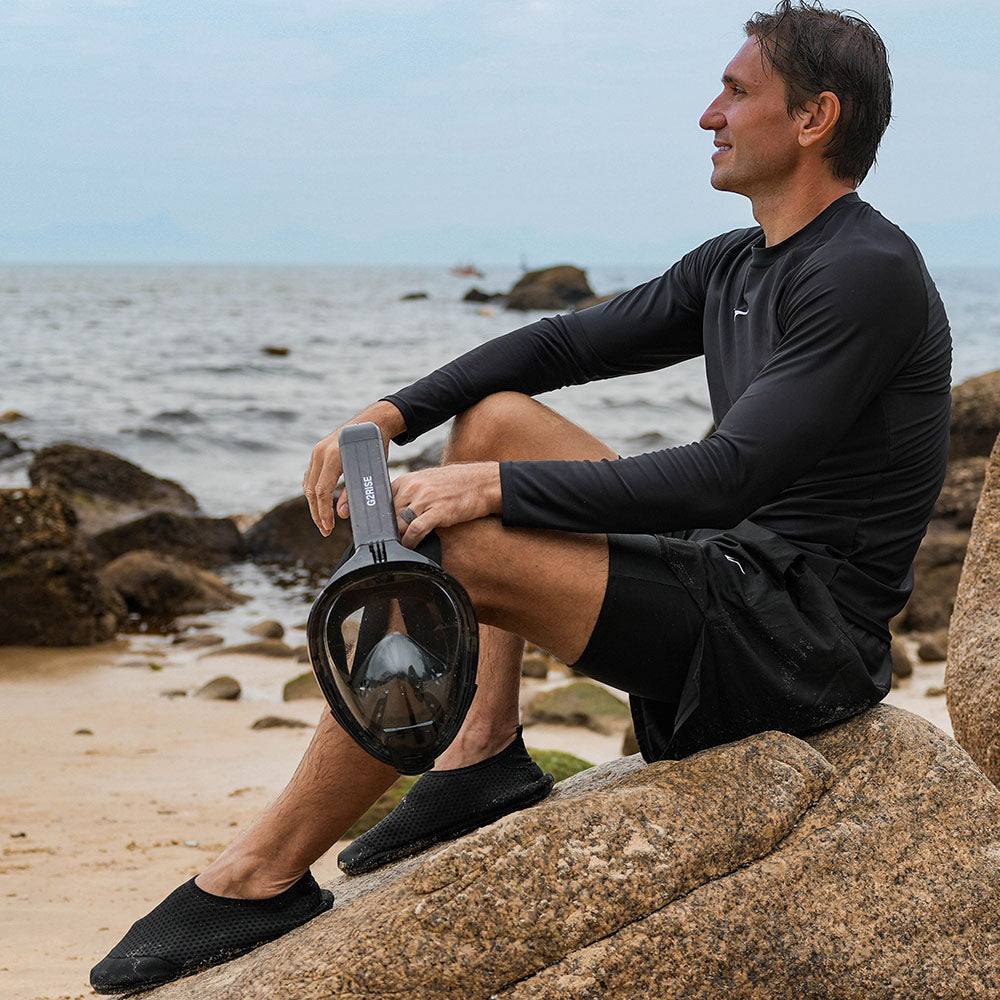

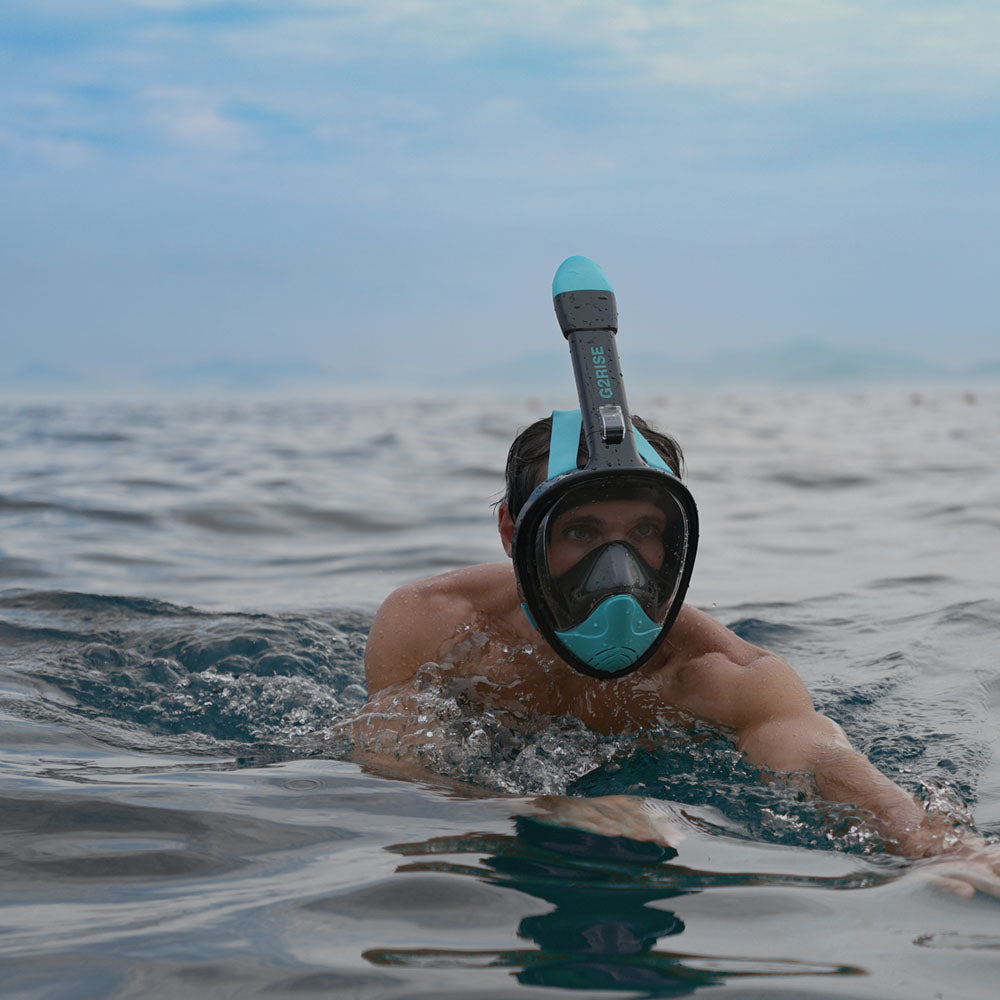
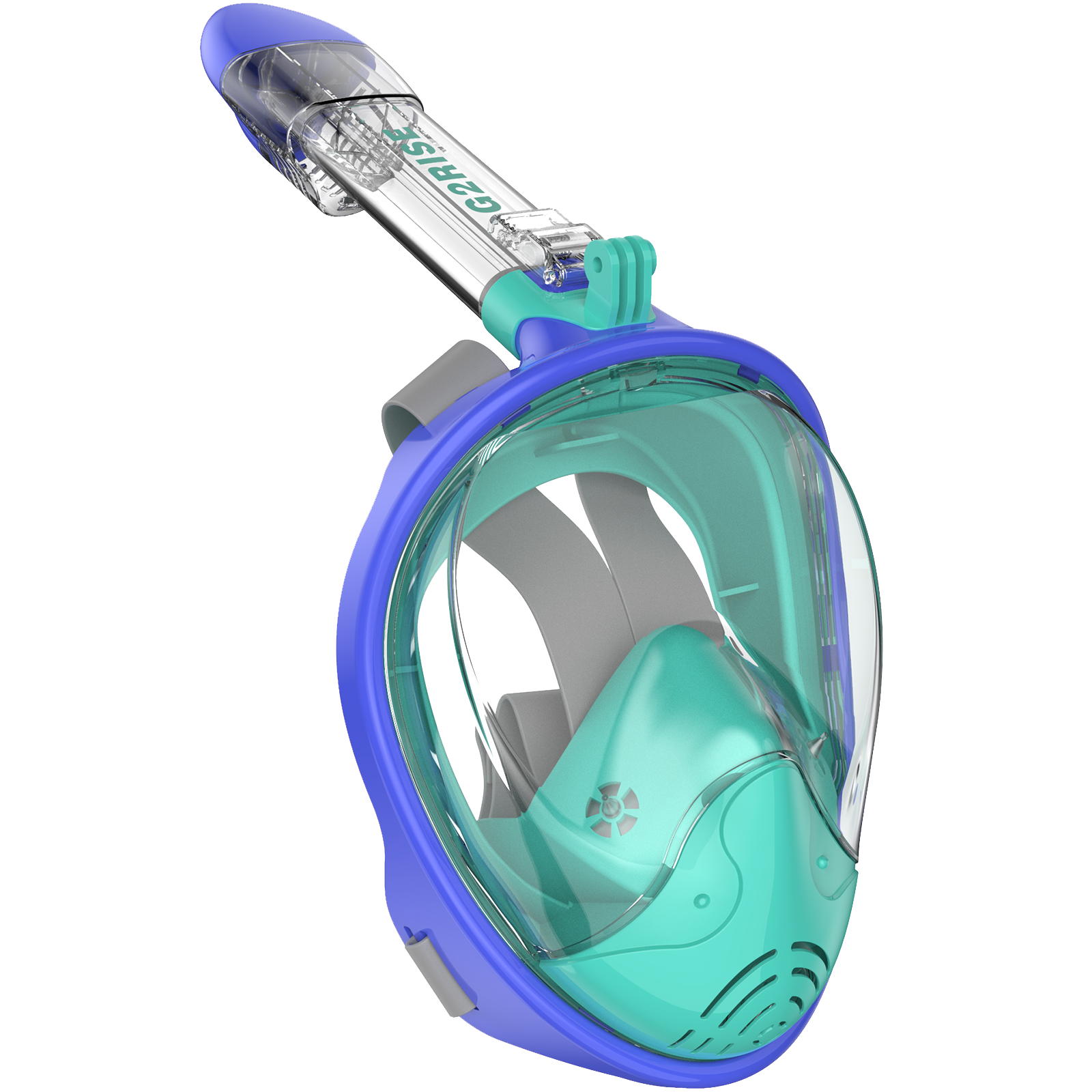
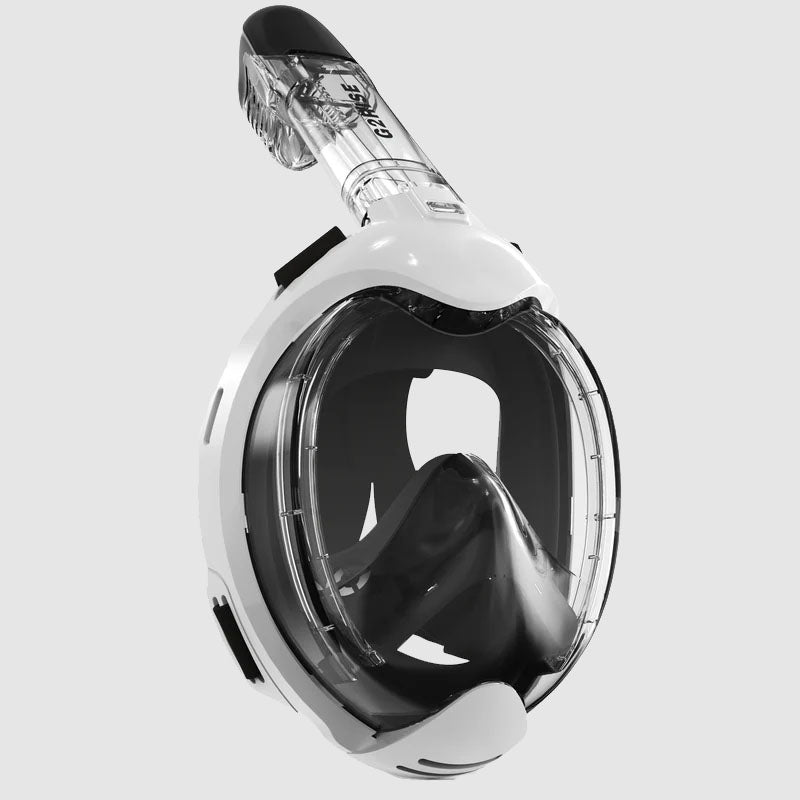

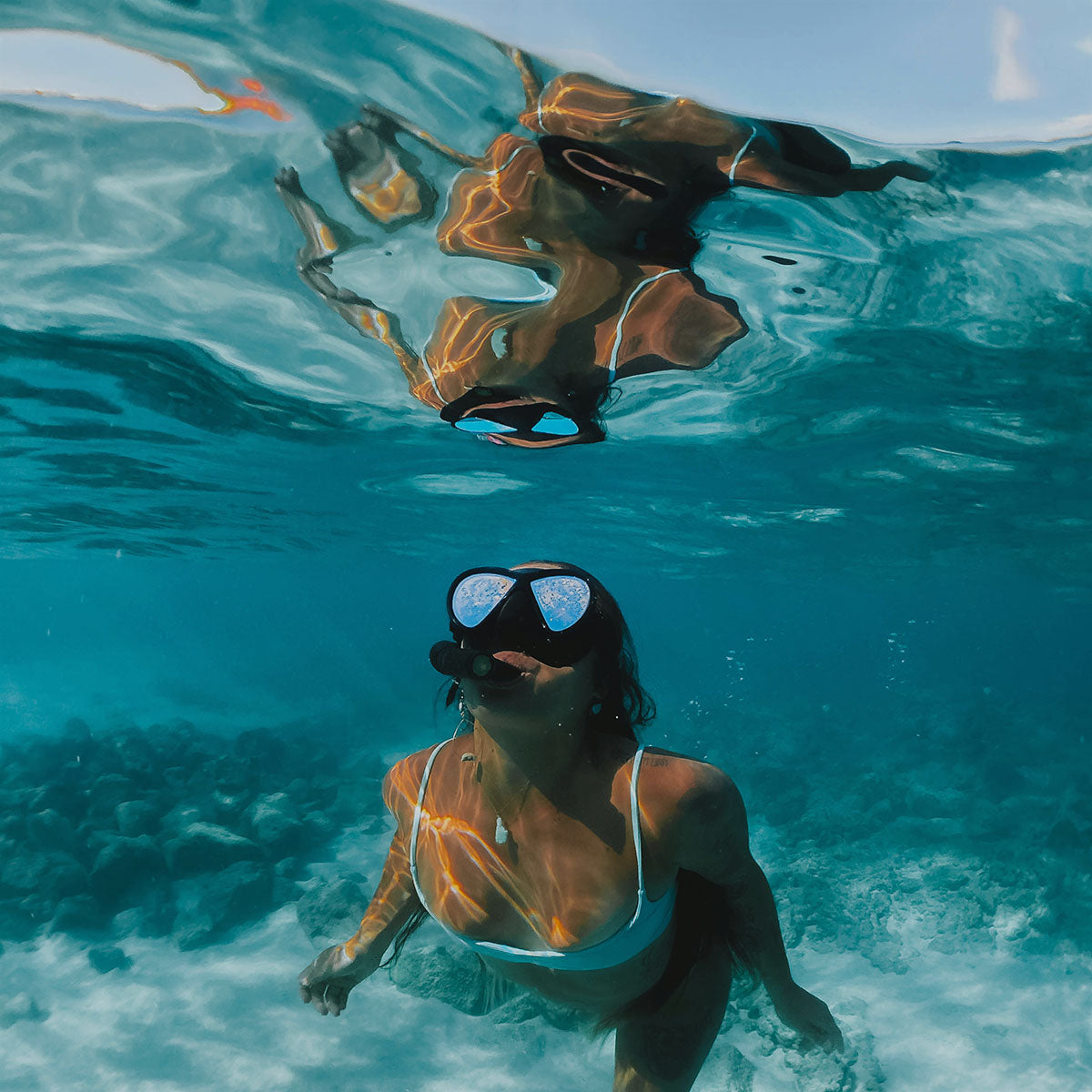
Leave a comment
This site is protected by hCaptcha and the hCaptcha Privacy Policy and Terms of Service apply.